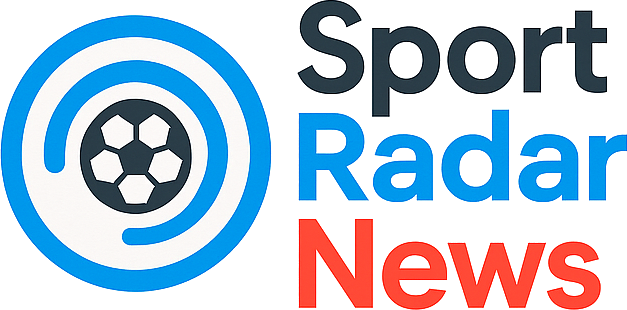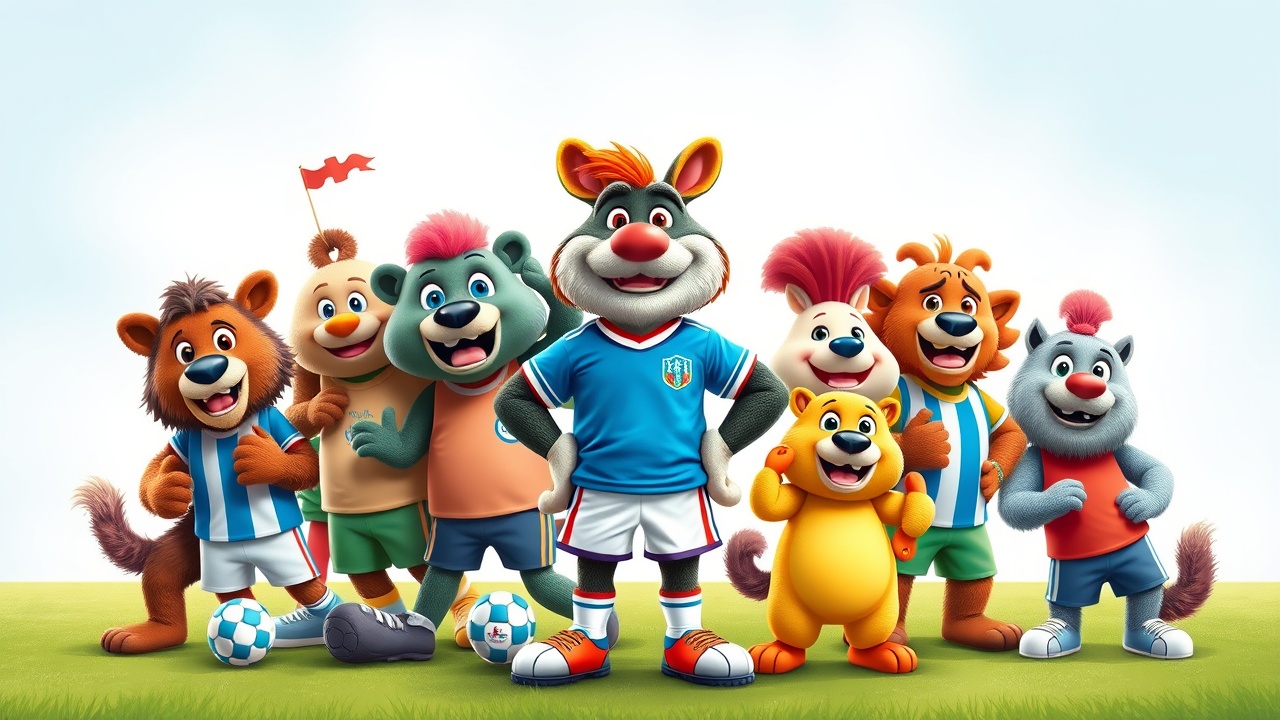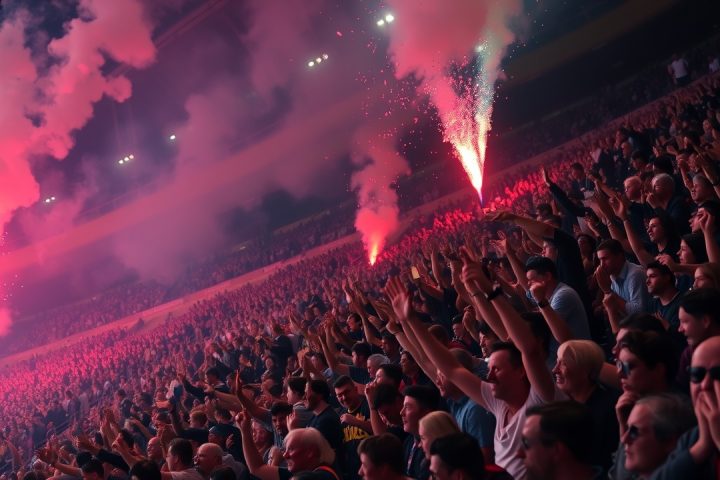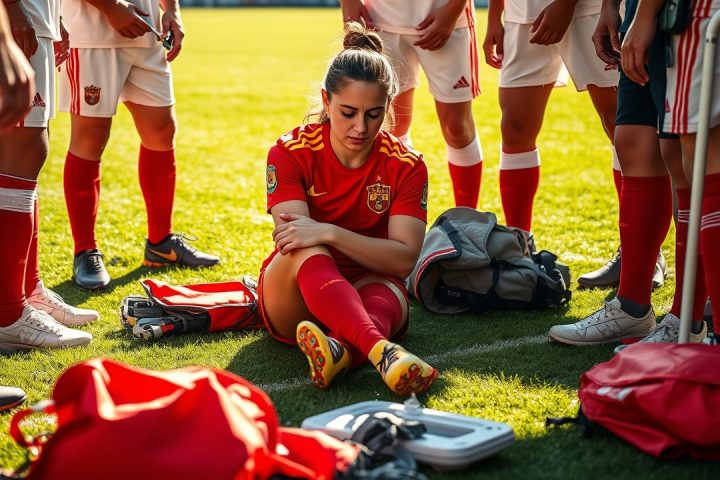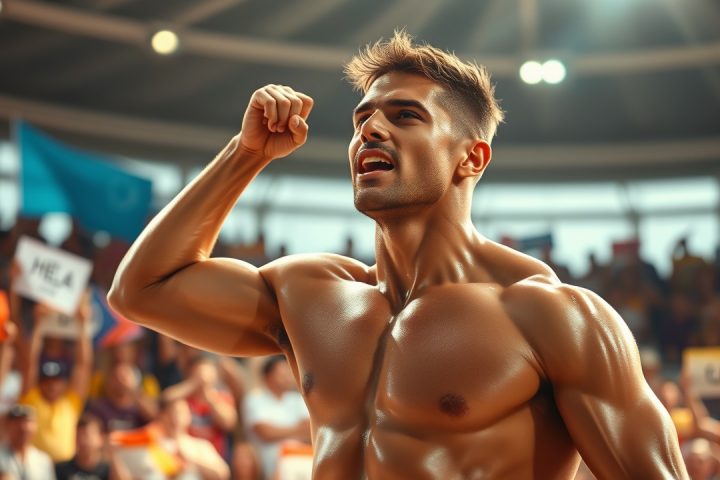The Excitement of World Cup Mascots
The excitement around the World Cup isn’t just about the matches; it extends to its mascots as well. With the announcement that Maple the Moose (from Canada), Clutch the Bald Eagle (from the U.S.), and Zayu the Jaguar (from Mexico) are officially part of the lineup for the 2026 tournament, it raises the question of how these new characters measure up against their predecessors.
A Brief History of World Cup Mascots
Since the inception of World Cup mascots in 1966, the list has seen an array of whimsical and sometimes baffling figures, from a friendly orange to a bear that prances around with a talking soccer ball. This eclectic history makes it challenging to evaluate these mascots systematically.
Ranking the New Mascots
In light of this new trio, we delve into a detailed ranking of all World Cup mascots, a task that promises to initiate debates reminiscent of classic football rivalries, such as Ousmane Dembélé versus Lamine Yamal. The ranking not only includes newer additions but places them into the grand narrative of World Cup lore.
The new 2026 mascots, while vibrant and intended to represent their nations’ cultures, haven’t fully convinced fans. Canada’s moose and the U.S. bald eagle echo familiar motifs, while Zayu, the jaguar, sparked curiosity but left many puzzled. FIFA claims these characters encapsulate the essence of their respective countries, yet the choices feel somewhat uninspired.
Reflections on Previous Mascots
Reflecting on previous mascots, the early attempts were mixed. For instance, the 1970s saw the debut of mascots aimed at representing kids, with a notably simplistic design and a distinct lack of imagination. The characters often leaned heavily on contemporary themes of friendship and unity yet often resulted in unsettling depictions. Juanito, the mascot for the 1970 tournament in Mexico, remains an example of lost creative potential.
Design and Connection
As we move through the rankings, we find that simpler designs often evoke stronger connections. Zabivaka, the 2018 mascot designed by a student, intended to embody fun and excitement but lacked a distinct flair. In contrast, vibrant characters like Zakumi, the leopard from South Africa, and Fuleco, the environmentally-conscious armadillo, showcased creativity and relevance to contemporary issues—elements that modern mascots should strive for.
Even more creative were mascots like Goleo VI, a lion with a talking soccer ball, or Pique, the chili pepper whose charm lay in its playful design. Such mascots, while exhibiting unique characteristics, sometimes drew on stereotypes that might not fare well in today’s more discerning context.
The Pinnacle of Mascots
The pinnacle of this ranking likely belongs to the original mascot, Willie the Lion, who not only set a standard for future designs but has become a beloved emblem in World Cup history. Likewise, Ciao, a headless figure that entwines Cubist art with soccer culture, highlighted the potential for mascots to transcend mere branding and become emblematic of artistic expression.
Conclusion
As discussions surrounding these mascots continue to unfold, it’s clear that the beloved world of World Cup characters encourages a connection that extends beyond the pitch, inviting fans to engage in a whimsical celebration of sport and culture. With the upcoming 2026 tournament, expectations and aspirations for mascots remain high; here’s to hoping they inspire joy and creativity reflective of the beautiful game itself.
